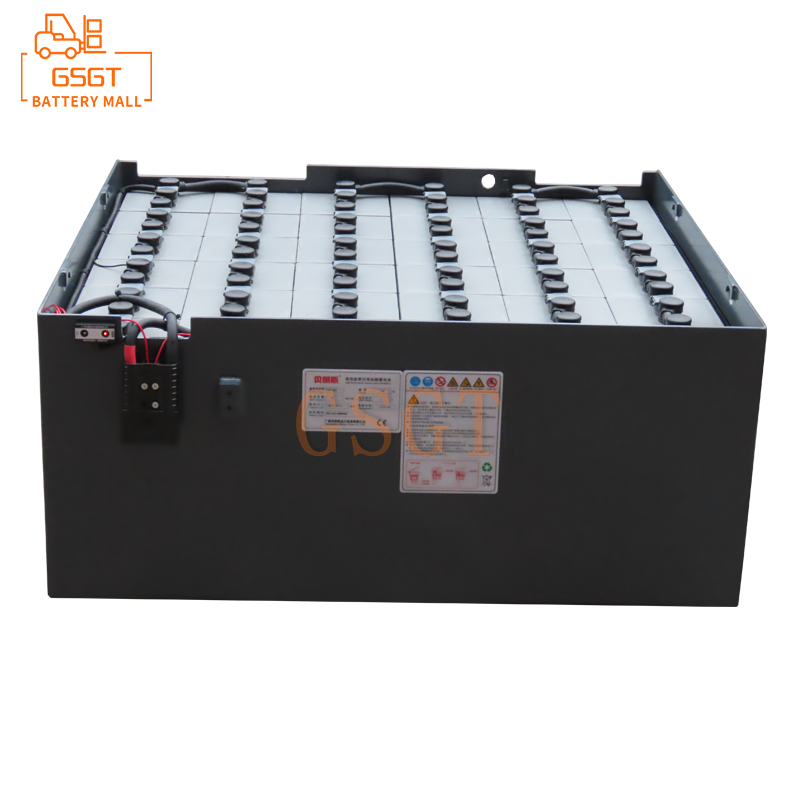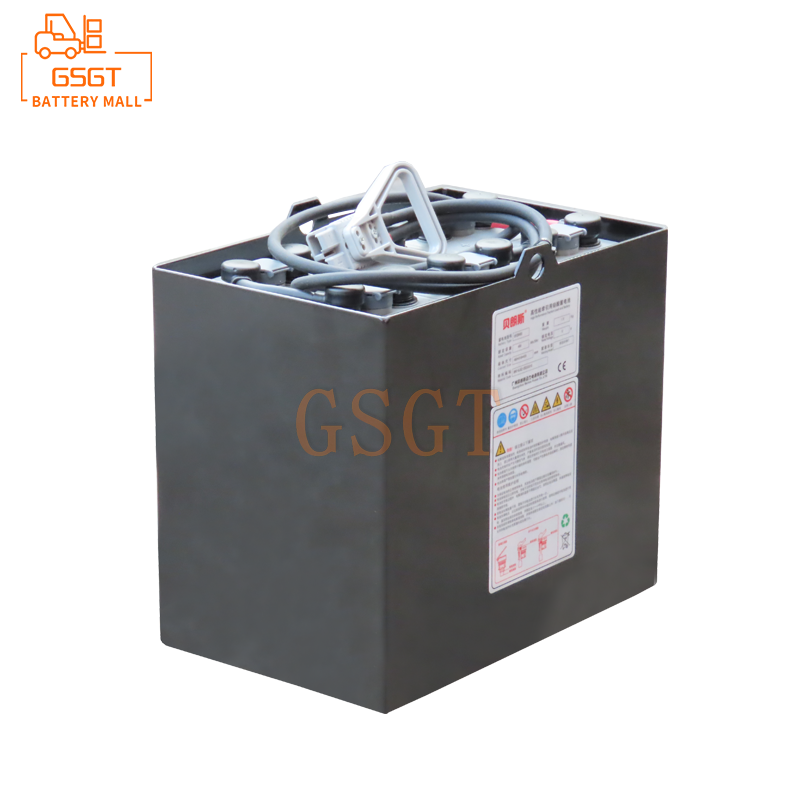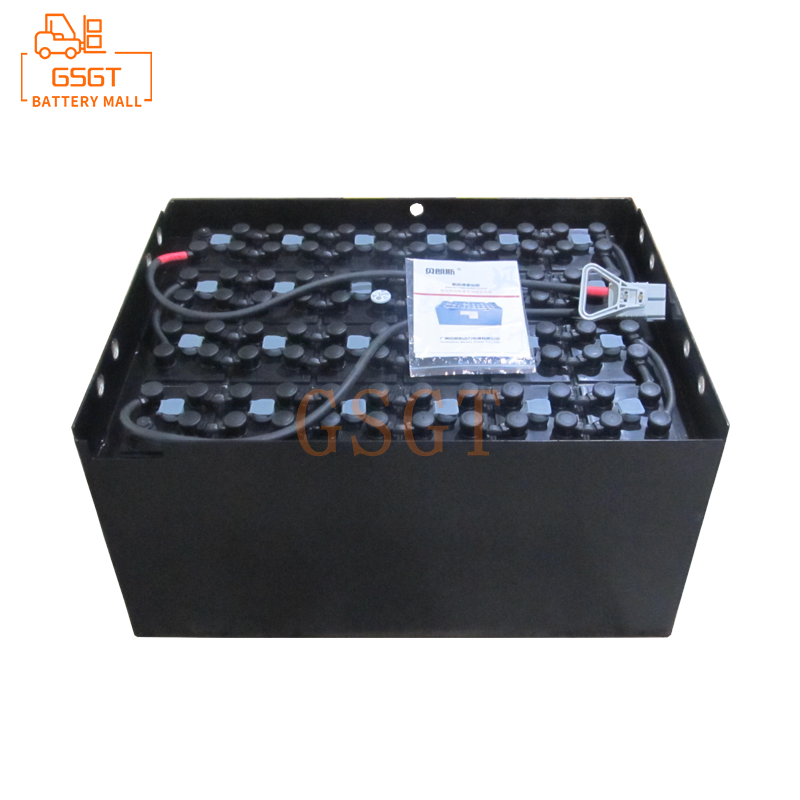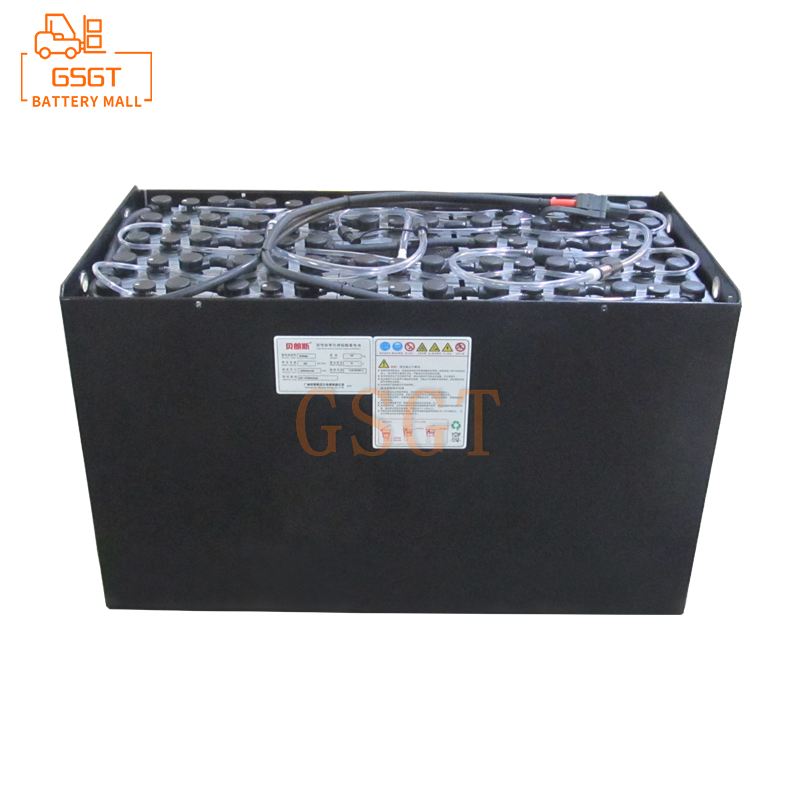Time:2025-06-05 11:47:28
Browse:653
In the fields of modern logistics, warehousing and industrial production, forklifts, with their high efficiency and flexibility, have become indispensable handling equipment. As the core power source of electric forklifts, the performance of lead-acid batteries is directly related to the working efficiency and operating costs of the forklifts. However, in actual use, the problem of forklift lead-acid batteries not being fully charged occurs from time to time. This not only leads to a shortened driving range and reduced operational efficiency of forklifts, but also may cause irreversible damage to the batteries if left untreated for a long time. Therefore, it is of vital importance to master a set of scientific and systematic investigation methods. This article will conduct an in-depth analysis of this issue from multiple dimensions, providing comprehensive and practical solutions for forklift users and maintenance personnel.
1. Analysis of the Principle of Lead-Acid Batteries Not Being Fully Charged
The charging and discharging process of lead-acid batteries is a complex electrochemical reaction process. During charging, electrical energy is converted into chemical energy. Lead dioxide at the positive electrode and spongy lead at the negative electrode react with sulfuric acid to form lead sulfate respectively. During discharge, chemical energy is converted back into electrical energy, and lead sulfate is further reduced to lead dioxide and spongy lead respectively. When the battery is not fully charged, it means that this electrochemical reaction cannot proceed fully. This may be caused by various reasons such as damage to the internal structure of the battery, abnormal external charging conditions, and environmental factors during use. Understanding this principle helps us to troubleshoot faults more specifically.
2. Troubleshooting for Battery Issues
(1) Check the appearance and sealing of the battery
First, carefully inspect the appearance of the lead-acid battery. Observe whether there is any damage, deformation, bulging or other conditions on the battery casing. A damaged casing may cause the electrolyte inside the battery to leak, affecting the normal operation of the battery. Bulging may be caused by internal short circuits or overcharging of the battery, which can seriously affect the battery's performance and lifespan. At the same time, check whether the seal between the battery cover and the casing is good. If the seal is not tight, it will cause the electrolyte to evaporate too quickly, resulting in a lack of water in the battery and thus affecting the charging effect. Once problems with the battery casing are found, the battery should be replaced in time. For cases of poor sealing, special sealant can be used for repair. If necessary, the battery cover should be replaced.
(2) Check the state of the electrolyte
The electrolyte plays a key role in the electrochemical reaction of lead-acid batteries. Measuring the density of the electrolyte with a hydrometer is an important method for judging the state of the battery. Under normal circumstances, the density of the electrolyte in lead-acid batteries is between 1.28 and 1.30g/cm³ (at 25℃). If the measured value is lower than the standard range, it may be due to a lack of water inside the battery or a decrease in the concentration of sulfuric acid. In cases of water shortage, distilled water or special lead-acid battery replenishment fluid should be added, but tap water must not be added as it contains impurities that can affect battery performance. When adding, adjust the liquid level to between the upper and lower limit scales marked on the battery casing.
In addition, the color and transparency of the electrolyte also need to be observed. The normal electrolyte should be clear and transparent. If it becomes cloudy or blackened, it indicates that there may be problems such as sulfation of the plates or shedding of active substances inside the battery. Plate sulfation refers to the formation of a layer of white and hard lead sulfate crystals on the surface of the plates, which hinders the progress of electrochemical reactions and leads to the battery not being fully charged. For mild sulfation of the plates, the method of long-term charging with a small current can be adopted for repair. If sulfation is severe, the battery plates or the entire battery need to be replaced.
(3) Measure the voltage of a single cell
Use a multimeter to measure the voltage of each cell of the battery. Generally speaking, the nominal voltage of each cell in a lead-acid battery is 2V. When fully charged, the voltage of each cell should be between 2.1 and 2.14V. If it is found that the voltage of one or more individual cells is significantly lower than the standard value, it indicates that there may be faults in these cells. Possible causes include internal short circuits in individual cells, damage to the plates, etc. For batteries with abnormal voltage in a single cell, you can first try charging that cell separately to see if it can return to normal. If it cannot be restored, further inspection of the plates, partitions and other components inside the single cell is required, and replacement should be carried out if necessary.
3. Troubleshooting of Charging Equipment Faults
(1) Check the charger parameter Settings
Lead-acid batteries of different models and specifications need to be matched with chargers of corresponding parameters. First of all, confirm whether the output voltage and current of the charger match the specifications of the battery. If the output voltage of the charger is too low to provide sufficient power to the battery, it will result in the battery not being fully charged. If the output current is too large, it may cause overcharging of the battery and damage it. In addition, it is necessary to check whether the charging mode Settings of the charger are correct. Some chargers have multiple modes such as constant current charging, constant voltage charging, and float charging. Reasonable Settings should be made based on the battery's usage and the requirements of the manual.
(2) Inspect the charger circuit and components
Check whether the input power cord and output connection cord of the charger are damaged, open-circuited, or have poor contact. You can use the resistance range of a multimeter to measure the circuit. If the resistance value is infinite, it indicates that there is an open circuit problem in the circuit and the circuit needs to be replaced. At the same time, check the components on the circuit board inside the charger, such as fuses, capacitors, diodes, transistors, etc., for any signs of damage. Damaged components may cause the charger to fail to work properly or have unstable output, affecting the charging effect. For damaged components, they should be replaced according to their models and parameters.
(3) Test the output stability of the charger
When the charger is working normally, use a multimeter to measure the stability of its output voltage and current. Under normal circumstances, the output voltage and current of the charger should remain stable within a certain range. If significant fluctuations in output voltage or current are detected, it indicates that the charger may be faulty. For instance, if there are problems with the voltage stabilizing circuit or constant current circuit inside the charger, it will lead to unstable output. In this case, further inspection and maintenance of the relevant circuits of the charger are required, and the entire charger should be replaced if necessary.
4. Inspection of the vehicle's electrical system
(1) Inspect the charging circuit
Check whether the charging circuit from the charger to the battery is unobstructed. Including components such as charging interfaces, connecting wires, relays, fuses, etc. If the charging interface has problems such as oxidation and deformation, it will lead to poor contact and affect the transmission of charging current. If the relay fails to engage or release normally, it will also cause the charging circuit to be interrupted. Use a multimeter to measure each component in the charging circuit and check if they are working properly. For interfaces with poor contact, sandpaper can be used for grinding or new interfaces can be replaced. Damaged relays and fuses should be replaced in a timely manner.
(2) Detect the leakage of electricity in the vehicle
Leakage in the vehicle's electrical system may also cause the battery to not be fully charged. Turn off all electrical devices in the vehicle, disconnect the negative terminal connection wire of the battery, set the multimeter to the DC current range, and connect it in series between the negative terminal of the battery and the vehicle circuit. Under normal circumstances, the static current of a vehicle should be very small, generally below tens of milliamperes. If the measured value is too large, it indicates that there is a leakage problem with the vehicle. Unplug each electrical appliance on the vehicle one by one and observe the change in the current value of the multimeter. If the current value drops significantly after unplugging a certain plug, it indicates that there is a leakage in that appliance or its related circuit. After locating the leakage point, repair it or replace the damaged components.
5. Influence of Usage Environment and Operating Habits
(1) The influence of environmental temperature
The performance of lead-acid batteries is greatly affected by the ambient temperature. In low-temperature environments, the viscosity of the electrolyte inside the battery increases, and the diffusion rate of ions slows down, resulting in a decrease in the battery's charging and discharging efficiency and a deterioration in its charging acceptance capacity, making it prone to incomplete charging. In high-temperature environments, the self-discharge rate of batteries increases, and the evaporation of the electrolyte intensifies, which also affects the charging effect of the battery. Therefore, in the cold winter, batteries can be equipped with heat preservation devices, such as insulated boxes; In the hot summer, avoid exposing the battery to direct sunlight for a long time. Try to park the forklift in a cool and well-ventilated place. At the same time, adjust the charging time and current appropriately according to the changes in environmental temperature to ensure that the battery can be fully charged.
(2) Unreasonable usage and charging habits
Frequent deep discharges will accelerate the aging of lead-acid batteries, reduce their capacity and lead to incomplete charging. Therefore, when using a forklift, it is necessary to avoid charging the battery after it is completely drained. Generally, charging should be carried out when the battery power remains at around 20% to 30%. In addition, charging for too long or too short a time can also cause damage to the battery. Overcharging can cause the battery to heat up, accelerate the aging of the plates and the consumption of the electrolyte. Insufficient charging time will prevent the battery from being fully charged. The charging time should be reasonably controlled based on the battery capacity and the parameters of the charger. Generally, a charging time of about 8 to 10 hours is appropriate.
6. Professional Inspection and Maintenance Suggestions
If the problem of the battery not being fully charged still cannot be solved through the above self-inspection methods, it is recommended to send the battery and forklift to a professional maintenance institution or after-sales service center for inspection and repair. Professionals are equipped with more advanced detection devices, such as battery capacity testers and internal resistance testers, which can more accurately determine the internal faults of batteries. For instance, an internal resistance tester can measure the resistance value inside a battery. By analyzing the magnitude and changes of the internal resistance, it can determine the aging degree of the battery plates, the state of the electrolyte, etc. Meanwhile, professional maintenance personnel have rich experience and professional knowledge, and are capable of conducting in-depth analysis and repair for complex faults to ensure that batteries and forklifts return to normal performance.
To sum up, the issue of forklift lead-acid batteries not being fully charged is a complex one involving multiple factors. By conducting a systematic inspection of the battery itself, charging equipment, vehicle circuit system, usage environment and operation habits, and combining professional detection and maintenance, this problem can be effectively solved, extending the battery's service life, improving the working efficiency of forklifts and reducing operating costs. During daily use, users should also pay attention to the maintenance and care of the battery, and develop good usage and charging habits to ensure the normal operation of the forklift.

$4045

$400

$5010

$3260

MESSAGE
Professional And Efficient
Security
Affordable Price
Professional Services